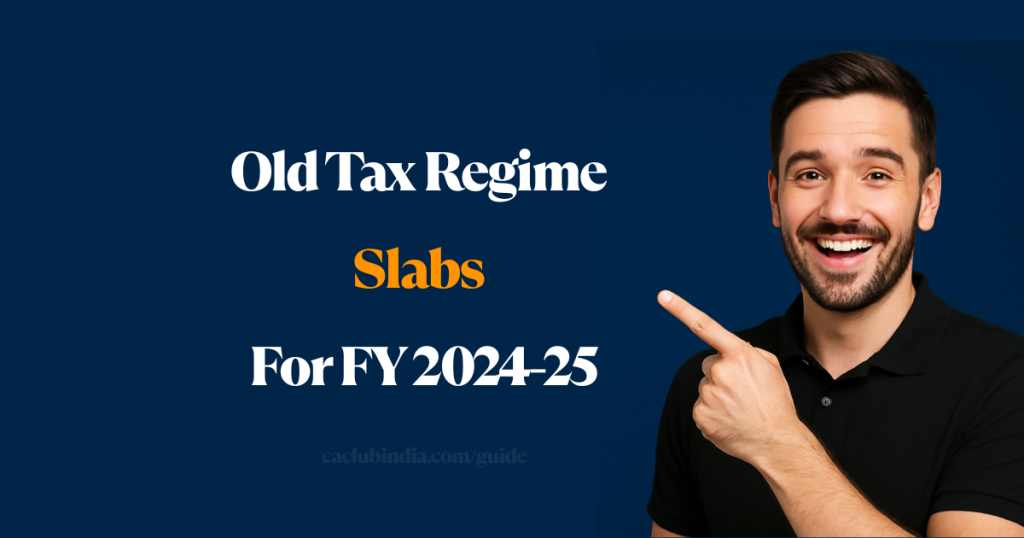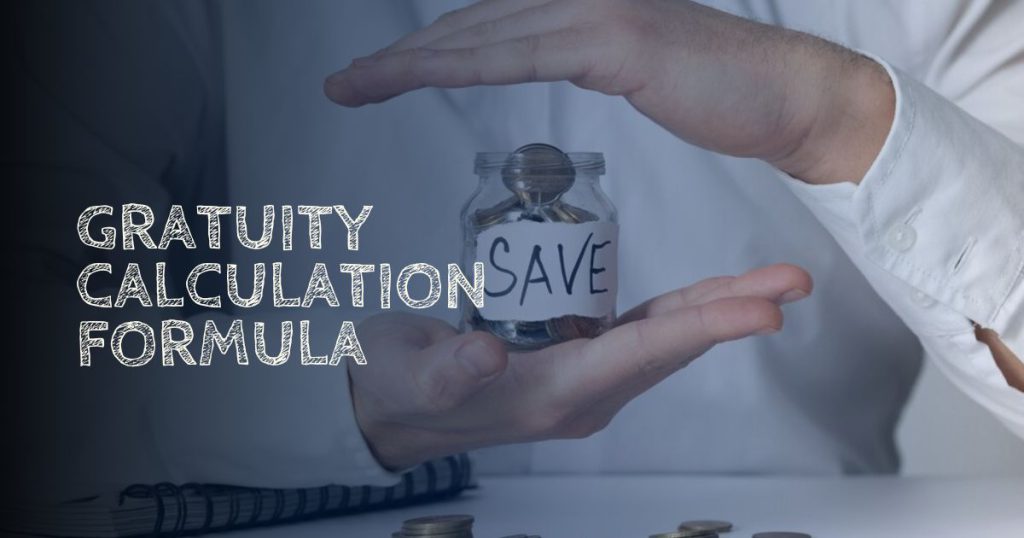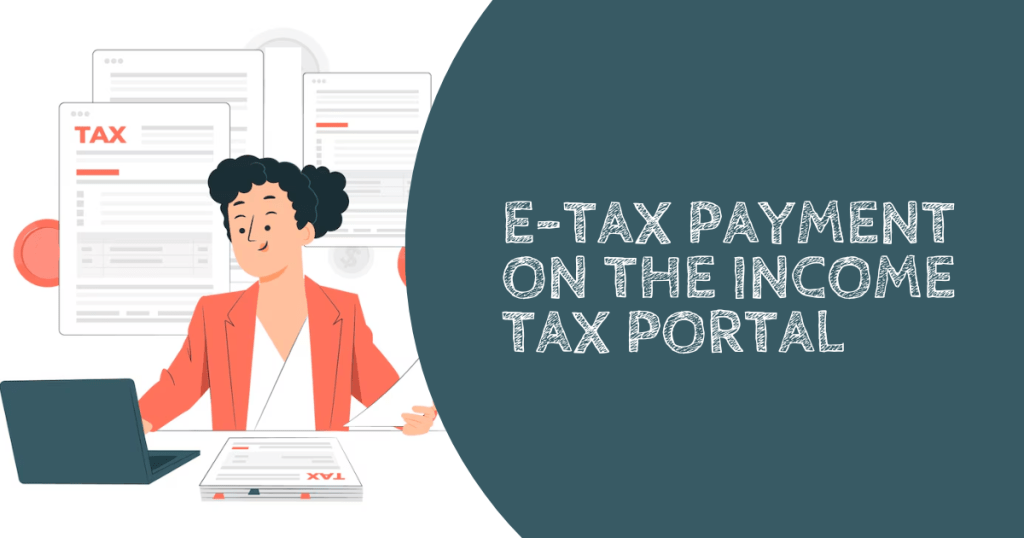Key Takeaways
- The old tax regime is still valuable for those who actively claim deductions like HRA, 80C investments, and home loan interest – it can lead to significant tax savings.
- The new tax regime suits those with fewer deductions and those who prefer a simplified, no-paperwork approach – even offering zero tax for income up to INR 7Lakh.
- The smarter choice depends on your finances – not trends. Use a tax calculator to compare and pick the regime that gives you the lowest tax outgo.
Introduction
When it comes to Income Tax, many people are confused between the old tax regime and the new one. Old regime is known as the Normal Tax regime, while New Regime is known as the Default Tax Regime under the Income Tax Act,1961. With both options available in FY 2024-25, it’s important to understand what suits your income and lifestyle best.
Even though the new regime is now the default choice, the old regime still offers many benefits, especially for those who make good use of deductions and exemptions.
While the government introduced the new tax regime to simplify taxation and reduce dependency on deductions, it still kept the old regime alive. Why? Because not everyone earns, spends, or saves the same way. Keeping both options lets taxpayers choose the one that fits their situation best.
This article aims to help you understand the old regime better and figure out whether it’s still the right fit for you this financial year. We’ll keep it simple, practical and focused on what really matters to you as a taxpayer.
Old Tax Regime Slabs for FY 2024-25: Quick Refresher
The old regime follows the traditional slab system where you can reduce your taxable income using various deductions and exemptions. Here’s a quick look at the current tax rates:
Normal Regime (Old Tax Regime)
| Income Slab | Tax rate |
| 0 to 2.5 Lakh | 0% |
| 2.5 to 5 Lakh | 5% |
| 5 to 10 Lakh | 20% |
| more than 10 Lakh | 30% |
Standard deductions, HRA, LTA, investments under Section 80C, medical insurance under 80D, and home loan interest are just some of the benefits that make this regime attractive to many.
Old vs. New Tax Regime – Key Differences
The major difference between the two tax regimes lies in simplicity versus flexibility.
The new regime offers lower tax rates across income slabs but removes nearly all deductions and exemptions. It suits those who don’t invest much in tax-saving options.
On the other hand, the old regime allows you to claim deductions and customize your tax-saving plan, which can significantly lower your taxable income – but it requires a bit of planning.
Here’s a simple way to compare:
- Old Tax Regime = Higher tax rates but many deductions
- New Regime = Lower rates but no deductions
Your choice should depend on your income structure, lifestyle, and how actively you make tax-saving investments.
Who Should Choose the Old Tax Regime?
The old regime is not outdated – it still works very well for many taxpayers. Here’s who might benefit:
Salaried Individuals with Deductions
If you’re claiming deductions like HRA, 80C investments, and medical insurance, the old regime could give you more savings.
Home Loan Borrowers
Home loan EMI interest is deductible under Section 24(b),which is not allowed in the new regime.
Senior Citizens
They usually have higher deductions under 80D (health insurance) and 80TTB (interest income), which are allowed only in the old regime.
Families Paying School Fees or Life Insurance
Tuition fees, LIC premium, PPF, ELSS, and similar payments all qualify under Section 80C in the old regime.
In short, if you’re actively using exemptions and deductions, the old regime may still be the smarter choice.
When Might the Old Regime Not Work?
While the old tax regime offers flexibility through deductions, it’s not the best fit for everyone. If you aren’t claiming many exemptions or don’t have major tax saving investments, you may actually end up paying more tax under this regime.
Here are few cases where the old regime may not be ideal:
- Low or No Deductions: If you’re not investing in tax-saving instruments or claiming deductions like HRA, LTA, or 80C, you might not benefit from the old regime.
- Income Under INR 7 Lakh: The new regime offers a full tax rebate under Section 87A if your income is up to INR 7 Lakh – meaning zero tax, which the old regime does not offer in the same way.
- Simplification Preference: Some people prefer a no-hassle approach – no need to track investments, rent receipts, or insurance details. For them, the new regime is cleaner and more predictable.
In short, if you’re not actively planning your taxes or using deductions, the new regime might save you more money and time.
How to Pick the Right Regime for You
Choosing between the old and new tax regimes doesn’t have to be confusing. It just takes a quick comparison based on your income, deductions and preferences.
Here a simple way to decide:
Calculate your Deductions
Add up deductions like:
- INR 50,000 standard deduction (for salaried/pensioners)
- Up to INR 1,50,000 under Section 80C (LIC, PPF, ELSS, tuition fees, etc.)
- Medical insurance under Section 80D
- Home loan interest under Section 24(b)
- HRA, LTA, and others
Estimate Tax in Both Regimes
You can use any online income tax calculator and compare:
- Tax payable under Old Regime (after deductions)
- Tax payable under New Regime (without deductions)
Consider Effort vs. Benefit
- If your savings from the old regime are significant, it’s worth the extra effort to submit proofs and plan investments.
- If the savings are minor, and you prefer less paperwork, the new tax regime might be better.
Also, it is essential to remember:
- Salaried individuals can switch between regimes every year.
- Business/professional income earners need to stick to the chosen regime, unless they opt-out with conditions.
The key is to do the math before filing, not after.
Conclusion – Choose Smart, Not Trendy
Just because the new tax regime is now the default regime doesn’t mean it’s the best choice for everyone. The old regime still holds strong value, especially for those who plan their finances and make use of deductions.
Tax planning is not about following trends – it’s about knowing your numbers and choosing what benefits you the most. Some may save more with fewer complications under the new regime, while others may find the old system helps reduce their tax bill with smart investments.
At the end of the day, the smarter choice is the one that saves you money and fits your financial habits – not the one that’s simply newer.
FAQs
Not always—under the new regime, income up to ₹7 lakh gets a full rebate, which may mean zero tax without deductions.
No—unlike salaried individuals, they can switch only once unless they stop having business income.
Yes—your salary structure or deduction amounts can change yearly, so it’s smart to recalculate each time.


